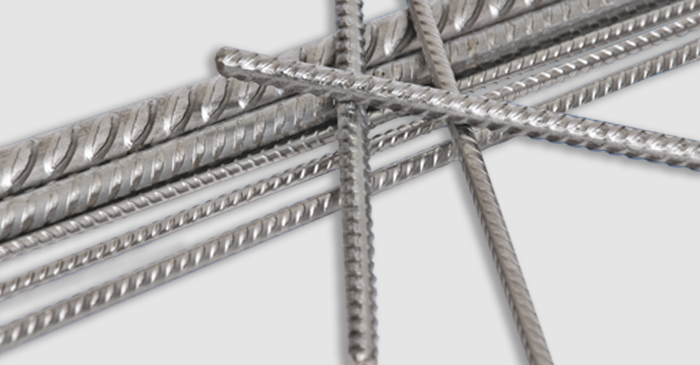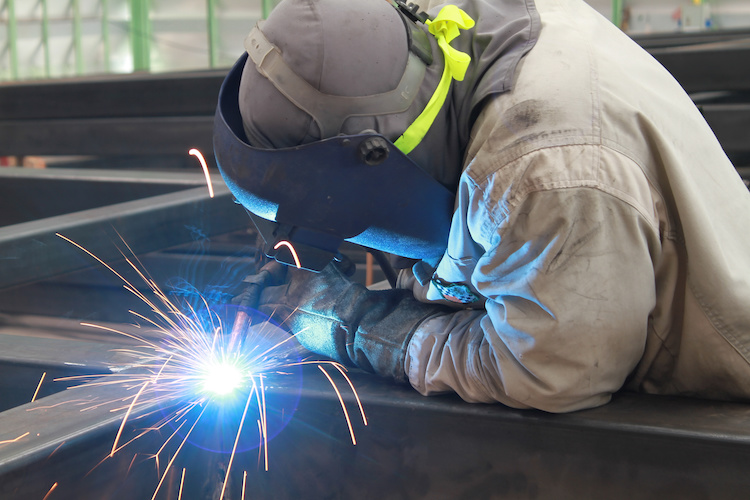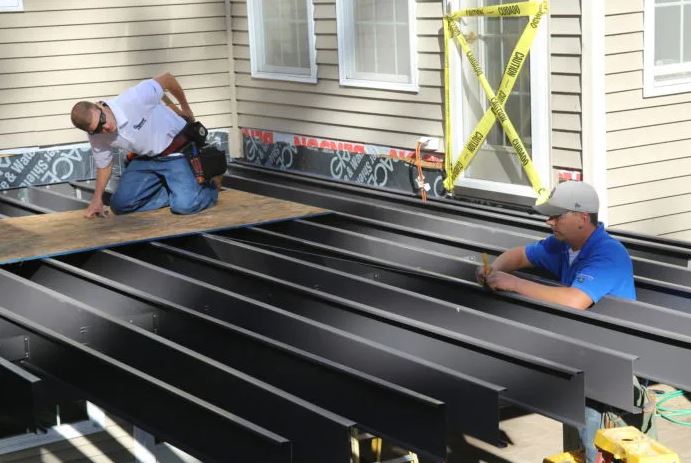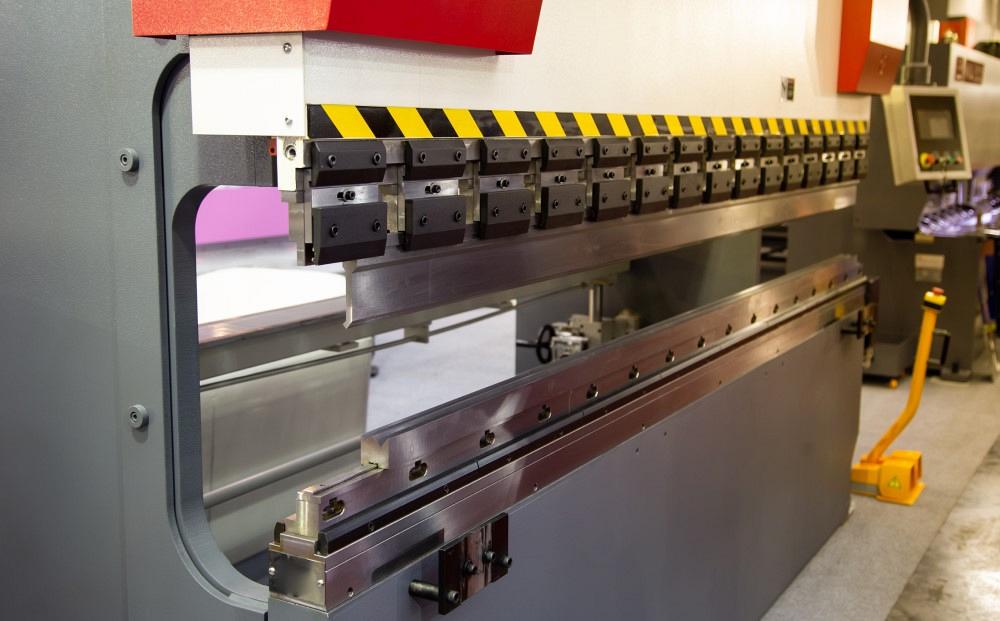Steel is one of the most accessible alloys used in manufacturing. It is manufactured from repurposed scrap metal which is mixed with other metals give it unique qualities. It’s used for everything from supporting structure to accessories. As useful as steel is, it would have been useless if it couldn’t be welded into various shapes and forms. Any metals or alloy which requires welding has its own set of regulations for which techniques to use. The type of welding required is determined by the steel material qualities, thickness, and surface polish. Reach out to the steel dealers to know more about the process. Knowing what kind of joints you want to achieve is the first step in deciding which treatment to use.
Various joints serve different roles, and the material utilized will also influence the overall product. Consider things like material strength, temperature resistance, and how approachable the joint will be once it’s finished. Butt, edge, border, laps, and tees are the most common forms of joints. They can be used in a number of permutations and combinations to achieve a certain effect. Once you’ve decided what type of joints you want to make, you can figure out which procedure is ideal for your materials.
Don’t be concerned! We’ve put together a handy guide for you. For your convenience, Bharat Steel has compiled a list.
WELDING Of Gas Tungsten Arc:
TIG welding, or tungsten inert gas welding, is one of the most common types of stainless steel welding. It has a lengthy lifespan and produces a high-quality end result. It is appropriate for thinner sheets due to the low heat input level. The process employs argon as well as other gases, depending on the desired output. Nitrogen, helium, and hydrogen are among these elements.
Welding On The Spot:
Resistance spot welding, also recognized as spot welding, is a type of steel welding that is extremely cost-effective. It can be utilized for projects of various sizes, making it versatile in its application. Electric current is used in resistance welding. The current generates heat, which is then used to liquefy and seal frayed metal edges. It’s useful for steels with a low melting temperature since it prevents the raw material from warping.
Welding With A Mig Welding Machine:
Because of the gas utilized in this procedure, Metallic Spot Welding is also known as MIG welding or Metal Inert Gas Welding. It’s a process that’s mostly automated. Because the approach relies on an electric source, it’s ideal for very precise welding in areas where other methods aren’t as effective. Other gases are sometimes added into the mixture to help steady the current. Consult steel suppliers in Chennai to get high quality materials for your purpose.
Welding With Plasma Arc:
TIG welding is the basis for this procedure. It entails a plasma arc-producing nozzle. This arc burns a hole in the steel, allowing it to merge together. This approach is commonly employed in more dynamic welding procedures where super fast movement and productivity are required.
Metal Arc Welding With Shielding:
Shielded Metal Arc Welding is possibly one of the oldest steel welding methods. It is a fairly manual technique that uses electrodes. The electrode coating is determined by the welding application – what is the structure of the metal being forged, and what are the desirable properties in the electrode when it is used.
Welding With Flux:
As a substitute to Shielded Metal Arc Welding, Flux Cored Welding was created. It’s based on the MIG method, however, rather than copper wires, the tube contains a flux or metal powder. There seem to be two wires created, and they are employed in accordance with the procedure’s requirements. The flux offers better stability, shielding, and de-oxidization. This process also results in a significant reduction in the amount of fumes created. It’s generally employed in building projects.
Welding Of Electric Resistance:
Only mass manufacturing and fusing of thinner materials are done with this type of steel welding. It’s there to keep the crevice from reducing corrosion resistance. You can contact SAIL TMT bar to get the affordable steel materials.










